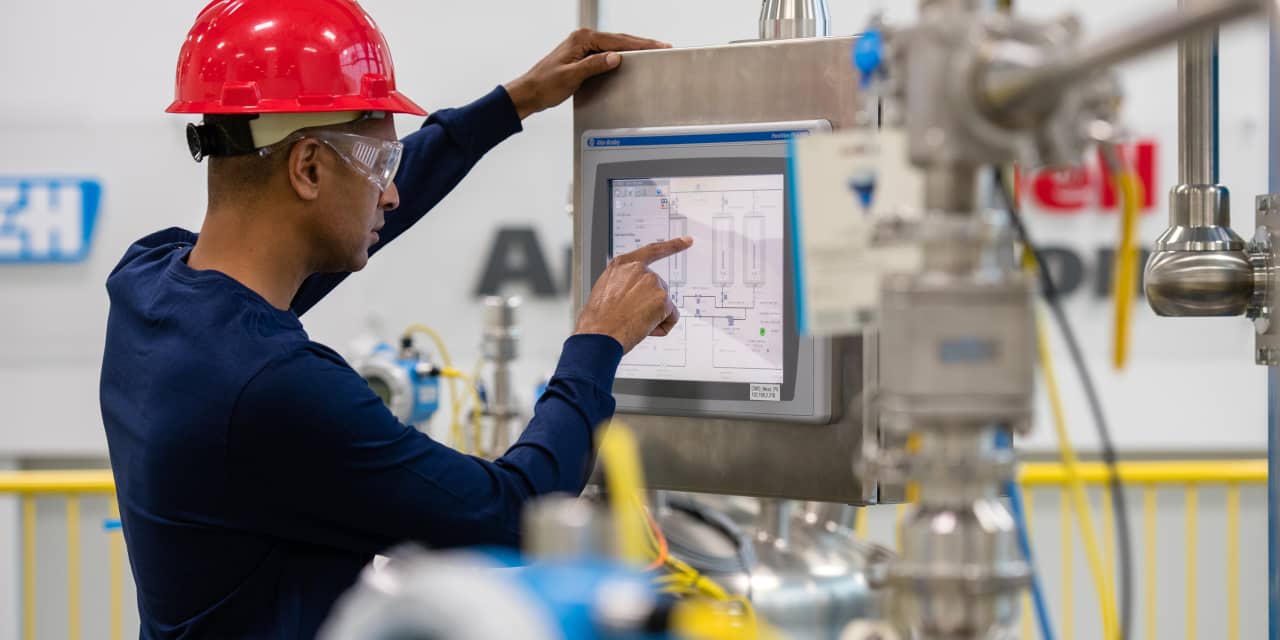The Rare Earth Minerals Crisis: A 21st-Century Cold War?

Table of Contents
The Strategic Importance of Rare Earth Minerals
Rare earth elements (REEs), a group of 17 chemically similar elements, are critical components in a vast array of modern technologies. Their unique magnetic, luminescent, and catalytic properties make them indispensable. The rare earth minerals crisis stems directly from this critical dependence.
- Smartphones and other consumer electronics: REEs are essential for the high-performance magnets in speakers, vibration motors, and cameras. Without them, the miniaturization and functionality of our devices would be severely hampered.
- Military applications: Guided missiles, radar systems, and advanced weaponry rely heavily on the magnetic and electronic properties of REEs. This makes control over rare earth mineral supply chains a significant factor in national security.
- Green technologies: Wind turbines, electric car batteries, and energy-efficient lighting all require significant quantities of REEs. The transition to a green economy is directly linked to the availability of these crucial minerals, further fueling the rare earth minerals crisis.
- Medical technologies: MRI machines and other advanced medical equipment rely on the unique properties of REEs for their operation.
The economic value of REEs is immense, and their strategic significance cannot be overstated. The uneven geographical distribution of these minerals, however, creates significant geopolitical challenges. Countries rich in REEs hold considerable leverage in the global economy.
China's Dominance in Rare Earth Mining and Processing
China holds an overwhelming dominance in the global rare earth supply chain. This dominance extends from mining and extraction to processing and refining, creating a critical dependency for the rest of the world. This aspect of the rare earth minerals crisis is particularly concerning.
- Control of over 90% of global rare earth processing capacity: China's control over processing gives it significant pricing power and the ability to influence supply.
- Use of export controls and trade restrictions: China has historically used export controls as a geopolitical tool, impacting global markets and raising concerns about supply security.
- Potential for leveraging REE supply as a geopolitical tool: The potential for China to use its dominance to exert political influence is a major element of the rare earth minerals crisis.
Overreliance on a single supplier, particularly one with a history of using export controls, carries substantial risk. This creates vulnerability for nations dependent on Chinese REE supplies.
Diversification Efforts and the Search for Alternatives
Recognizing the vulnerabilities created by China's dominance, many countries are actively pursuing diversification strategies to mitigate the rare earth minerals crisis. These efforts involve significant challenges.
- Investing in exploration and mining projects in other countries: The US, Australia, and several European nations are investing in the exploration and development of REE deposits within their borders or in allied nations.
- Developing advanced recycling technologies for REEs: Recycling offers a sustainable path to reduce dependence on primary mining. Significant research and development are needed in this area.
- Promoting the use of substitute materials where possible: Research into alternative materials that can perform similar functions without REEs is also crucial in mitigating the rare earth minerals crisis.
- Strengthening international cooperation to secure reliable supply chains: International partnerships are essential for fostering secure and sustainable REE supply chains.
Establishing sustainable and ethical rare earth mining practices outside of China is a significant challenge, requiring substantial investment and careful consideration of environmental impacts.
The Environmental Impact of Rare Earth Mining
The extraction and processing of rare earth minerals have significant environmental consequences. The rare earth minerals crisis is not just a geopolitical issue; it's an environmental one as well.
- Water pollution: Rare earth mining often results in significant water contamination from toxic byproducts.
- Land degradation: Mining operations can lead to substantial land degradation and habitat destruction.
- Habitat destruction: The ecological impact of rare earth mining needs careful management and mitigation.
Sustainable and environmentally responsible mining practices are crucial to mitigating these negative impacts. International cooperation and robust environmental regulations are necessary to address these concerns.
The Future of the Rare Earth Minerals Crisis
The future of the rare earth minerals market is uncertain. Several scenarios are possible, all with significant geopolitical implications. The rare earth minerals crisis could lead to:
- Escalating tensions and trade disputes over access to these vital resources.
- Increased investment in domestic mining and processing to reduce reliance on China.
- The emergence of new global supply chains that are more diversified and resilient.
Long-term strategies are needed to ensure a secure and sustainable supply of rare earth minerals. This will require international cooperation, technological innovation, and a commitment to responsible environmental practices.
Conclusion:
The rare earth minerals crisis presents a significant challenge to global security and economic stability. China's dominance in the supply chain creates vulnerabilities and risks exacerbating geopolitical tensions. Diversification efforts are crucial to mitigate these risks, but they require significant investment and international cooperation. Addressing the environmental consequences of rare earth mining is equally important. Failure to adequately address the rare earth minerals crisis could lead to a protracted and disruptive struggle for control of these vital resources. We must actively work toward sustainable sourcing and responsible management of rare earth minerals to avoid a full-blown, 21st-century "rare earth minerals cold war."

Featured Posts
-
 New York Knicks Coach Thibodeau Commends St Johns Basketball Program
May 17, 2025
New York Knicks Coach Thibodeau Commends St Johns Basketball Program
May 17, 2025 -
 New Zealands Best Online Casinos Why 7 Bit Casino Receives Top Marks
May 17, 2025
New Zealands Best Online Casinos Why 7 Bit Casino Receives Top Marks
May 17, 2025 -
 Tom Thibodeaus Pope Joke Unraveling The Knicks Connection
May 17, 2025
Tom Thibodeaus Pope Joke Unraveling The Knicks Connection
May 17, 2025 -
 Top 12 Sci Fi Tv Series A Ranked List
May 17, 2025
Top 12 Sci Fi Tv Series A Ranked List
May 17, 2025 -
 Rockwell Automation Beats Earnings Expectations A Detailed Analysis
May 17, 2025
Rockwell Automation Beats Earnings Expectations A Detailed Analysis
May 17, 2025
